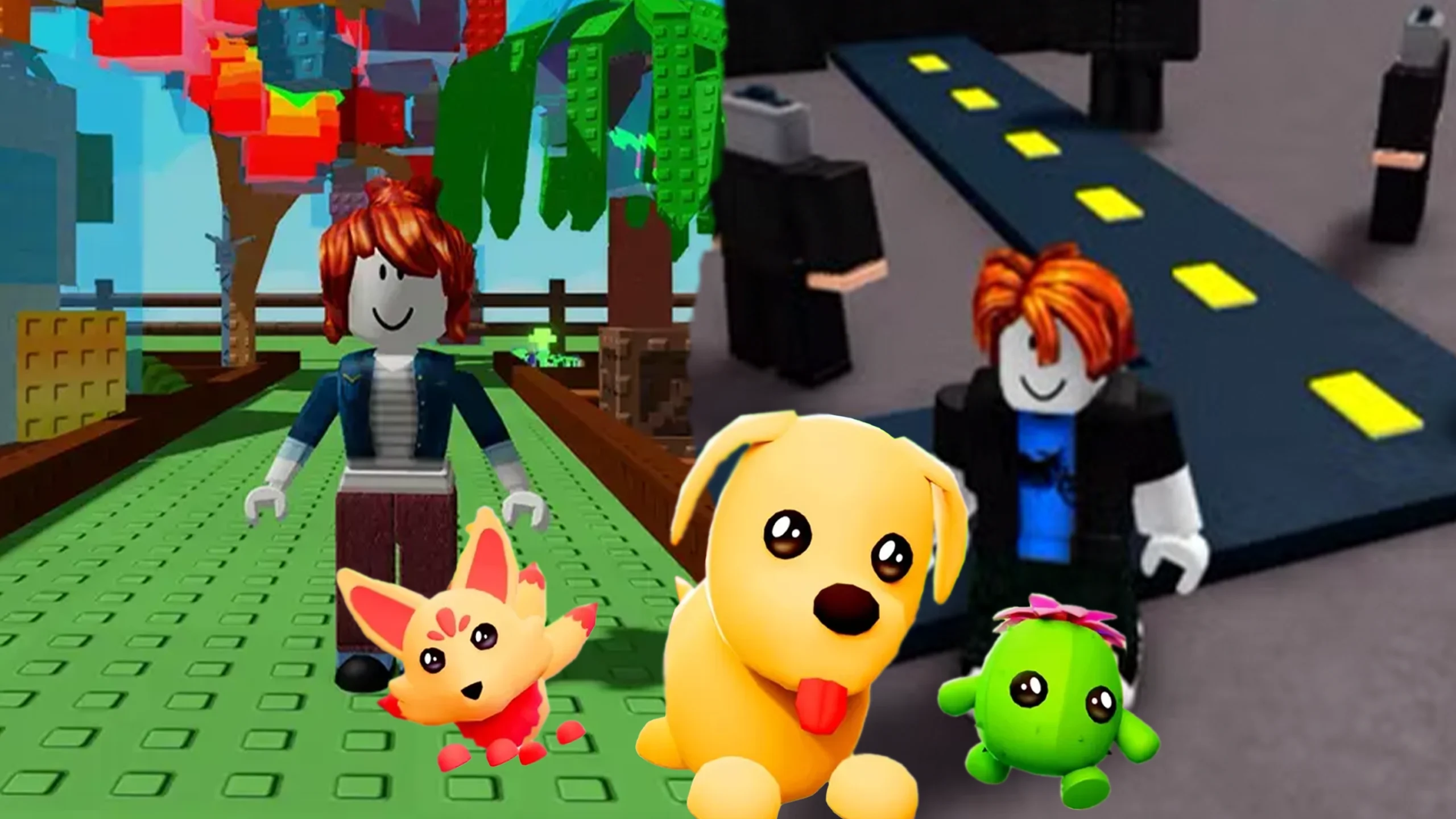“It’s Too Expensive!”: Better Phrases We Can Say to Our Kids Who Want Things on Shopping Trips
By avoiding the word “expensive,” we create an opportunity to teach our kids what’s worth buying during our shopping trips.
When we sometimes bring our kids out shopping, we unfortunately deal with them suddenly crying out, “I want that!” While we’re sometimes happy to oblige, there are times we’re not — especially when we know that they just want the toys because it’s new. Unfortunately, our kids don’t always easily deal rejection and throw a tantrum in public which attracts unwanted attention and shame.
Here are some phrases we can use instead of just flat out “no:”
1. “Won’t Mr. (insert name of toy) feel bad?”
If our kids watched Toy Story 3 recently then, the kids will most likely believe us especially if they’re familiar with the story of the stuffed bear Lotso. Although his bitterness was due to being replaced, his tragic backstory is the perfect explanation for us to use for our kids to think twice about buying another stuffed toy. Best to leave out the part he becomes the hardened toy prison warden.
2. Repeat exactly what we’re supposed to be buying.
Most of us when we go out having a shopping list and when our toddler or kids go with us, the pretty packaging of other things catch their eyes. They eventually start pushing the boundary, sometimes even slipping the said object into our cart without us looking. When they start asking if they buy or have something, pull out the list and say, “We’re only buying stuff on the list. Is the thing you want there?”
If it’s not then, we don’t buy it. However, this means that whatever we suddenly remember not having is treated the same way. So long as it’s not on the list, we don’t buy it.
3. “Maybe some other time.”
Usually, kids only want something because it’s new. But like all novel items, the shine it has a new object eventually fades. By telling them “some other time,” it doesn’t tell them directly “no” but instead puts in the far distant future. At some point, they’ll forget they wanted that thing to begin with and move on to the next shiny, new toy.

4. “Why don’t you put it on your wish list?”
Shopping is the one time where we can finally figure out what to buy our kids for Christmas or their birthdays. Nothing’s more frustrating than hearing our kids answering our “What would you like?” with the usual shrug and “I don’t know.” But with a wish list, we also get to see their interests change and grow as the days go by. And usually if they’re just fascinated by the toy, they won’t even put it on the list.
5. “Let’s get what we came for first.”
Telling our kids this while we go shopping also teaches them how to stay focused on a task. At the same time, it also buys us time to let the novelty wear off before they find something else to fawn over. Once we buy what we were looking for, we can choose to either remind them or just walk away. And at this point, the novelty would’ve worn off and they would have moved onto something else.
Kids will always have shopping demands!
Telling our kids that their demands are expensive during shopping trips only works for a short while. Though there are some things that are expensive, these usually have cheaper alternatives and especially if it’s a new kind of food — getting a cheaper alternative (e.g. like a smaller package) at least are still up for debate.
The trickiest part of handling this is when the kids start throwing a tantrum in a public place. Once they do start the kicking and screaming, that’s when the parents start looking on. There’ll definitely be some shame but the trick here is not to freak out alongside our kids. If they see us calm then, our kids will eventually realize that they can live without it.
Dealing with our kids’ hard moments?
Coregulation: A Successful Parenting Strategy That Helps Tame Toddler Tantrums
Troy Montero Reveals How They Handle Their Daughter’s Tantrums
Understanding The HALT Method: Discipline With No Drama









